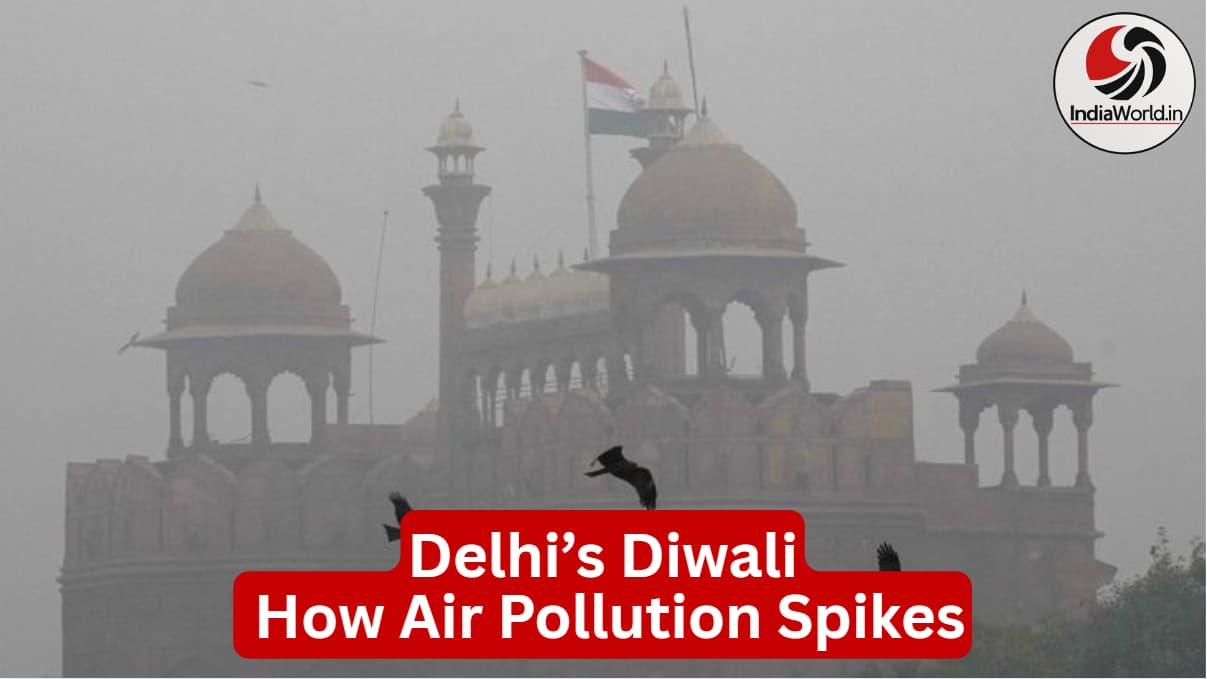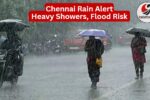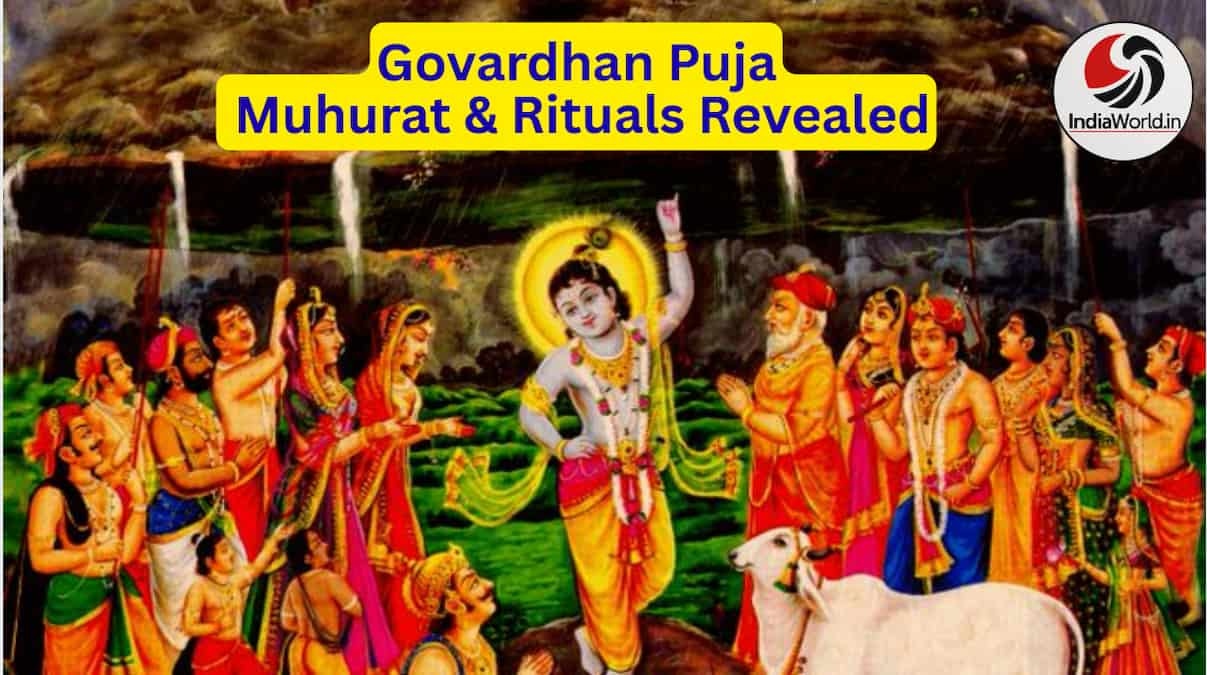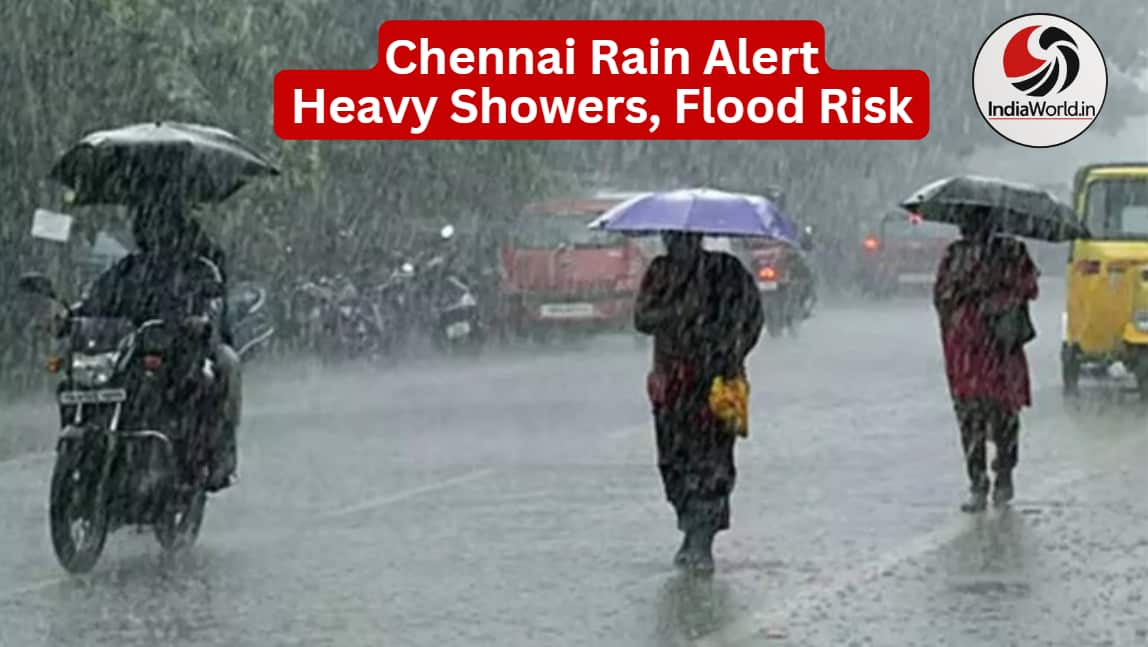Delhi Air Quality, Diwali Pollution, Precautions, Latest AQI Updates)
Delhi Diwali Pollution: AQI, GRAP, What Changed Overnight?
Delhi’s Diwali was once a festival of lights, but this year it became a festival of smog. On October 20, the city woke up to ‘very poor’ air quality, according to the Central Pollution Control Board (CPCB), after festivities pushed the Air Quality Index (AQI) to alarming levels. With the AQI at 345 at 6 pm, 34 out of 38 monitoring stations recorded ‘red zone’ readings, showing ‘very poor’ to ‘severe’ air. Residents, worried parents, and health experts are seeking answers: why does pollution spike during Diwali, what does GRAP Stage 2 mean, and will Delhi’s weather worsen pollution next?
Oct 19th’s AQI vs. Diwali Day: The Pollution Leap
October 19 (Chhoti Diwali) already had Delhi breathing hazardous air. The previous day’s average AQI was 326. Localities like Ashok Vihar saw dangerous peaks, often over 400. On Diwali, Anand Vihar hit 414 AQI early morning, Wazirpur climbed to 419 by 10 am, with even the least affected stations like Sri Aurobindo Marg at 168. Across Delhi, the air moved from ‘poor’ to ‘very poor’ in less than 24 hours—an escalation driven by firecracker bursts, poor wind, and hazardous weather.
Diwali Firecrackers: Green or Not, Why Air Gets Worse
Despite the Supreme Court’s allowance of ‘green firecrackers’ for limited hours (6–7 am, 8–10 pm), reports indicate orders were violated. The burst of firecrackers, combined with stagnant air and burning of agricultural stubble in Punjab, created a perfect storm—low wind speed, falling temperatures, and high emissions kept pollutants trapped near ground level. Experts warn that even green variants release harmful particulate matter, pushing AQI above safe limits.
Monitoring AQI: Where Was Air Most Hazardous?
Of Delhi’s 38 stations, the following topped the ‘severe’ chart:
- Wazirpur: 423 AQI
- Dwarka: 417 AQI
- Ashok Vihar: 404 AQI
- Anand Vihar: 404 AQI
Thirty other stations saw ‘very poor’ air (AQI above 300). The city’s overall pollution climbed steadily through Diwali evening and into late night. Official data and readings from apps like SAMEER confirmed the surge
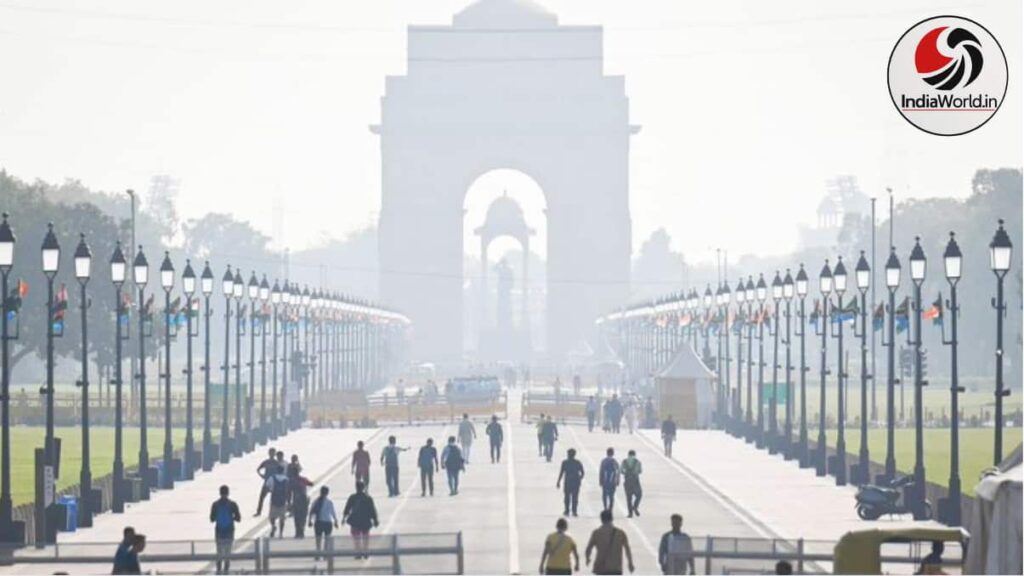
Precautionary Measures: GRAP Stage 2 Kicks In
The Commission for Air Quality Management (CAQM) triggered GRAP-2 restrictions Sunday evening across Delhi-NCR. Key changes under GRAP-2 (when AQI exceeds 300, ‘very poor’):
- Ban on diesel generator sets
- Enhanced parking fees (to reduce private vehicle use)
- Cut in non-compliant interstate buses
- Strict enforcement at construction sites
- Daily water sprinkling on roads for dust control
- Industrial emission checks
- Public advised to prefer CNG transport and limit outdoor activity
- Masks for outdoor movement, especially for kids, elderly, and respiratory patients
GRAP Stages escalate as air worsens: Stage III (AQI > 401) stops most construction and industrial work; Stage IV (AQI > 450) can ban private diesel vehicles and restrict trucks except essentials.
Why Diwali Weather Makes Pollution Worse
October’s late heat added to Delhi’s woes. With maximum temperature reaching 33.3°C, and minimum 20.6°C (2.2°C above normal), the warm air traps particulate matter. Stubble burning in neighboring Punjab and Haryana also pushes Delhi’s pollution levels higher—a pattern seen every year during this period. Transport emissions contributed 15.6% of the pollution. Other sources (industries, dust, and open burning) raised pollution to almost 23.3%, with winds too weak for dispersal
Delhi’s Pollution: Past, Present, and What’s Next
With each Diwali, Delhi sees a pollution crisis that brings school closings, canceled outdoor events, and health warnings for millions. This year, violations and weather both made conditions worse. Experts suggest the pollution levels can slip into ‘severe’ territory for the next few days.
Key statistics
- AQI October 19: 326 (poor to very poor)
- AQI Diwali Night (October 20): 345 at 6 pm, and 400+ at hot spots
- Number of stations in red zone: 34 out of 38
- Stubble burning contribution: Significant, worsening evening and morning air
- GRAP actions: Stage 2 in force, stricter actions on horizon
What Can Residents Do?
With severe air, everyone must:
- Limit outdoor activity, especially children and sensitive groups
- Wear N95 masks when going outside
- Use public transport, avoid private diesel vehicles
- Stop burning leaves or trash
- Follow advisories: use CNG, avoid diesel generators
- Monitor air quality regularly using CPCB and SAMEER apps
- Support local traffic and construction restrictions
Latest Official Actions and Health Advisories
Official emergency plans run through all schools, hospitals, and communities, advising:
- Online classes for children if AQI surpasses 400
- Health centers to stock up on respiratory medicines
- Travel advisories to avoid peak pollution hours
- Regular municipal spraying on main roads and high pollution pockets
External Sources
- https://indianexpress.com/article/cities/delhi/delhi-air-quality-diwali-aqi-pollution-10317832/
- https://www.indiatoday.in/cities/delhi/story/grap-2-anti-pollution-curbs-imposed-in-delhi-ncr-as-air-quality-worsens-a-day-before-diwali-2805584-2025-10-19
- https://www.hindustantimes.com/cities/delhi-news/grap-2-restrictions-imposed-in-delhi-ahead-of-diwali-as-aqi-nears-very-poor-category-101760885383957.html
- https://caqm.nic.in/index1.aspx?lsid=4168&lev=2&lid=4171&langid=1
